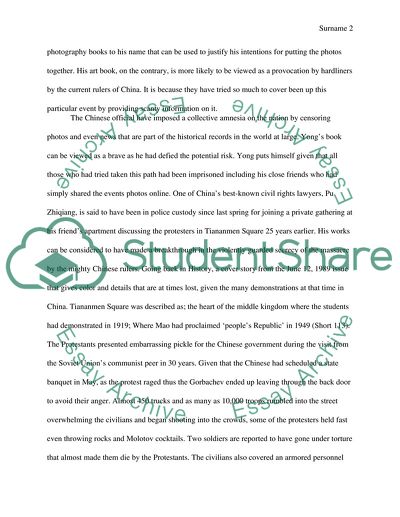Cite this document
(“Concepts of truth and reality in photography Research Paper”, n.d.)
Concepts of truth and reality in photography Research Paper. Retrieved from https://studentshare.org/journalism-communication/1685489-concepts-of-truth-and-reality-in-photography
Concepts of truth and reality in photography Research Paper. Retrieved from https://studentshare.org/journalism-communication/1685489-concepts-of-truth-and-reality-in-photography
(Concepts of Truth and Reality in Photography Research Paper)
Concepts of Truth and Reality in Photography Research Paper. https://studentshare.org/journalism-communication/1685489-concepts-of-truth-and-reality-in-photography.
Concepts of Truth and Reality in Photography Research Paper. https://studentshare.org/journalism-communication/1685489-concepts-of-truth-and-reality-in-photography.
“Concepts of Truth and Reality in Photography Research Paper”, n.d. https://studentshare.org/journalism-communication/1685489-concepts-of-truth-and-reality-in-photography.


